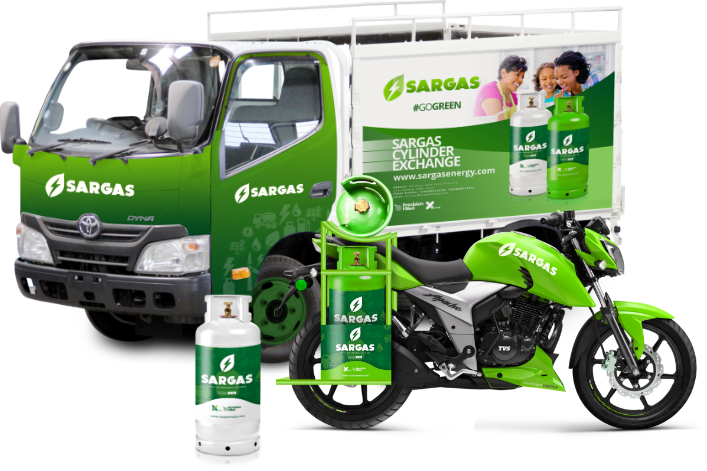Hazardous Air Pollutants (HAPs) are caused by the combustion of fuels (customarily wood and coal).
Pollutants include fine particulates, nitrogen oxides, Sulphur oxides, carbon monoxide, volatile organic compounds, and dioxins. Prolonged exposure and inhalation of these pollutants (HAPs) is known to cause respiratory, lung, and other Cardiovascular diseases(CVD)such as Chronic obstructive pulmonary disease(COPD), Acutelowerrespiratory infection(ALRI), myocardial infarction, acute myocardial infarction, heart failure, and cardiac arrhythmias and lung cancers
To solve the pollutant problem required innovation.
With the tool of Science and Technology, we furthered our knowledge, advanced our current systems, and made new discoveries.
Cleanerfuelswithlittletonoadversehealthandenvironmentaleffectistheobjective.
We have several renewables and clean-burning nonrenewable.
Guess what, one type is perfect for cooking!
It is called Liquefied Petroleum Gas (LPG)
LPG is typically referred to by its acronym–LPG. LPG is a mixture of carbon and hydrogen atoms. These hydrocarbon gases include propane, butane, isobutene, and mixtures of the three LPG gases. LPG is commonly used for home heating gases, cooking, and as a fuel for cars and vehicles.
It has a high heating value which means that as an energy resource, LPG provides a high level of heating short lifetime.
Whilst liquid under pressure, it becomes gaseous when released from pressure at ambient temperature.
These gases are stored and transported in LPG cylinders as a liquid under moderate pressure. Currently, 800 million to two billion people are switching from woodfuel and wood charcoal to LPG!
So why LPG? What makes it better than presently used fuel sources?

